CW91 June-July, 2024
Balances of the Hometown Tax program in 2022
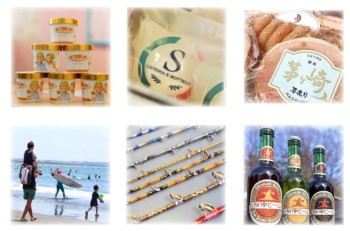
Sixteen years have passed since a “hometown tax” donation system started. The system allows people to donate to municipalities of their choice in exchange for residential tax reduction nearly equal to the amount they donate, and specialties of the municipality. Through the program, they can repay what their hometowns have done for them. However, people have donated to municipalities which provide fascinating gifts rather than to their hometowns. (Picture above: return gifts from the city website)
The system has widened the gap among municipalities, that is, those having attractive specialties receive a lot of donations, while the others suffer from drops in residential tax revenue. And the more citizens participate in the system, the more tax revenue the municipality loses. The damage cannot be ignored in large cities.

The 2022 results of Chigasaki as well as neighboring and reference cities are in the table above. (Source: the internal affairs ministry and Nikkei)
Chigasaki and other Shonan cities, except for Kamakura, were in unfavorable balance probably because they do not have outstandingly attractive special products to offer.
Kawasaki suffered a huge deficit because of the considerable drop in residential tax revenue. In addition, the city could not receive government compensation as its financial condition was not bad (FCI>1.0 in the leftmost column).
On the other hand, Miyakonojo in Miyazaki and Nemuro in Hokkaido were in huge surplus thanks to the former’s delicious beef and the latter’s fresh marine products.
Numbers of visitors have recovered
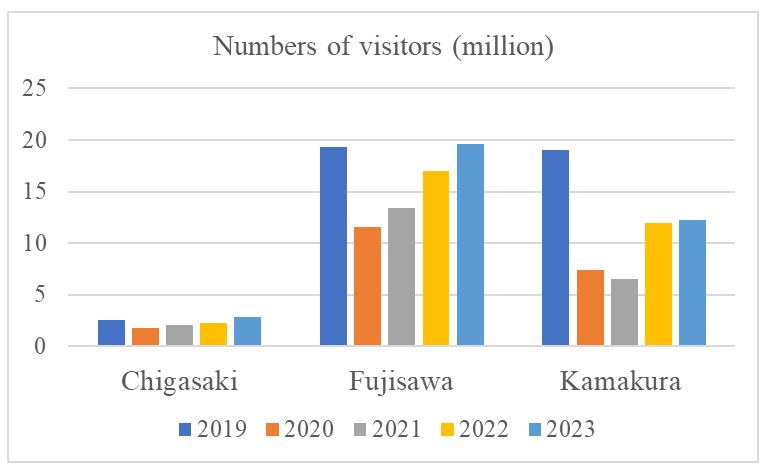
City hall announced on July 5 (Fri) that 2.8 million people visited Chigasaki in 2023. The figure increased by 580,000 from the year earlier, and also exceeded the number in 2019 by 240,000. This indicates that the impact of COVID-19, which continued from early 2020 to May 2023, has almost disappeared. In 2023, the city’s four major festivals, the Ooka Echizen, Shonan and Hamaori Festivals as well as Southern Beach Fireworks, all took place as planned. Together with other events, the beach was more crowded than before, says city hall.
Fujisawa also surpassed their count of 2019 by 310,000 in 2023, and Kamakura has been recovering, too.
According to city hall, visitors spent 6.4 billion yen, up by 1.9 billion yen from the year earlier, and the largest in the past five years.
Flowers of the Season: Chinese trumpet vine
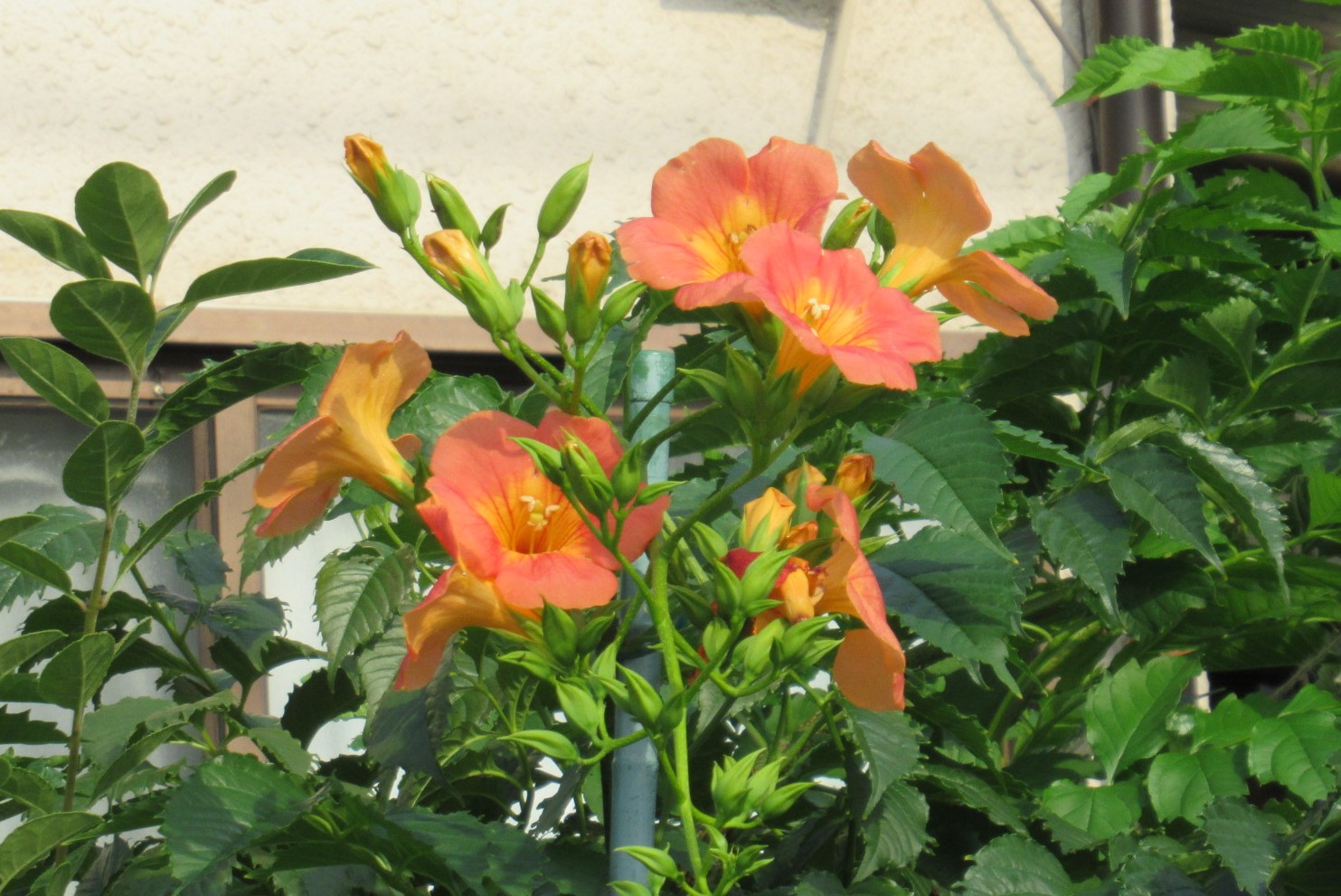
Chinese trumpet vines bear blossoms at the end of weeping branches from July to August. Orange-colored blossoms, six to seven centimeters in diameter, are attractive in the strong sunshine. The sturdy and durable plant climbs up timber and walls with aerial roots of its vines. The corolla of a blossom splits into five parts, and they form a funnel shaped blossom. The plant blooms countless blossoms from summer to autumn. The flower drops in a day, and on the ground, it exudes a lot of honeydew which attracts bees and white-eyes. It reproduces by extending rhizomes from which basal shoots grow. The plant’s leaves are opposite. They are jagged, and their sizes are three to seven centimeters long and two to four centimeters wide.
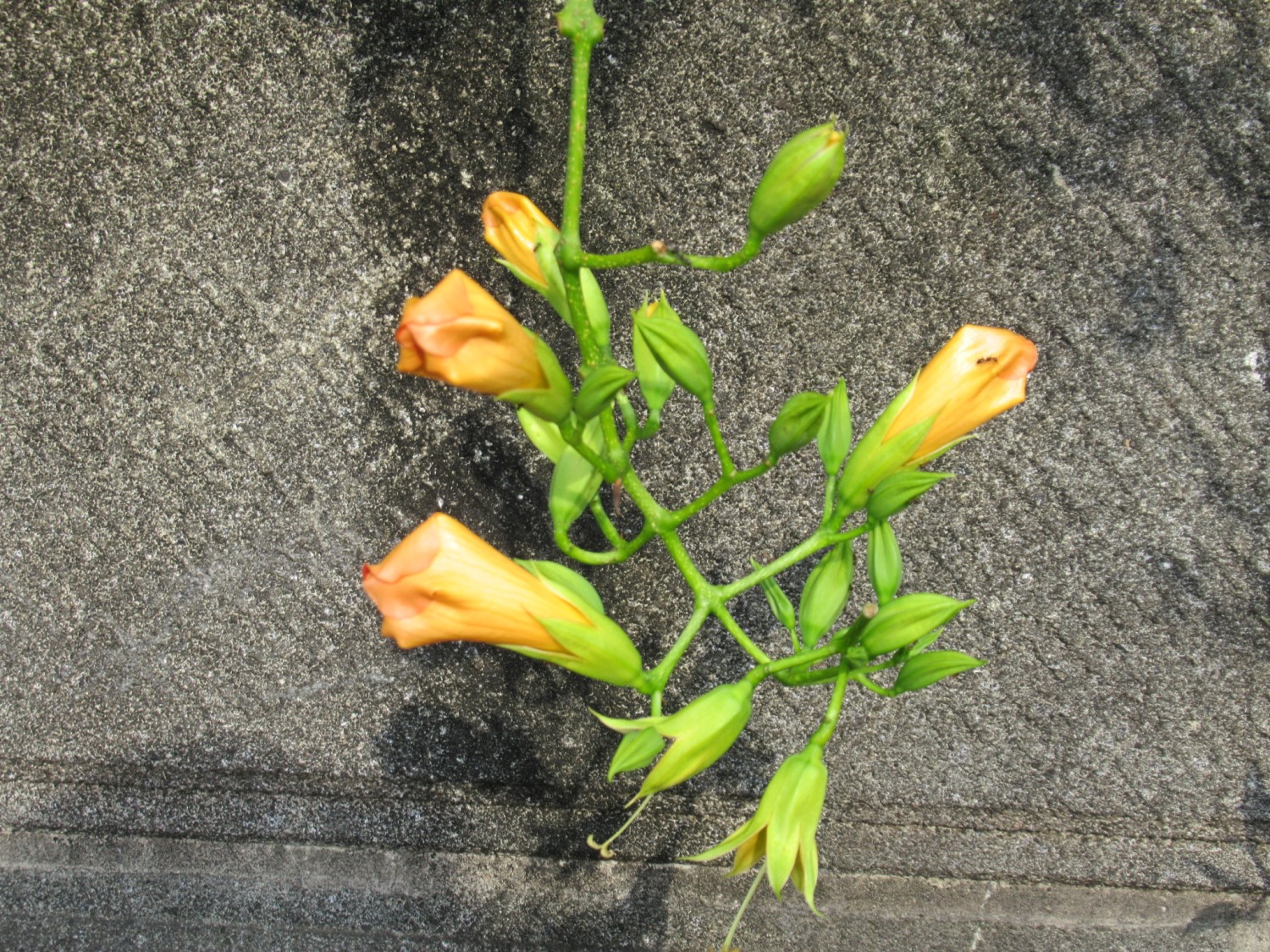
All the branches of the deciduous creeper should be cut off in February and only stocks should be left to prevent nutrients from going to vines which die in winter. The plant grows up fast, but a lack of sunlight hampers blooming. The buds fall by continual rain. New shoots and treetops should be cut off after the flowering season has finished to protect the tree from weakening.
Chinese trumpet vine was introduced into Japan in the Heian era (794 ~ 1185) for use as a Chinese herbal medicine and ornamental purposes. The blossoms and tree bark are said to have a diuretic effect. In addition, the plant is a familiar garden tree. It grows well in sunny well-drained fertile lands. It has a low tolerance for cold. The blossom is nontoxic although it was believed to be toxic until the 1970s.
History of Chigasaki: Shimoterao Village (1)
Shimoterao Village sits on the south-western tip of Koza Hill. The village was bordered to the east by Tsutsumi Village, to the west by Okada Village in today’s Samukawa, to the south by Kagawa Village, and to the north by Namegaya Village.
About the origin of the village name, there are two stories. One is from 新編相模国風土記稿 (the new edition of Sagami province topography). The topography says, about eight kilometers north from the village which was later named Shimoterao Village, there is another village named Terao Village, which was called Kamiterao Village in 1644~’47. Thus, to distinguish it from Kamiterao Village, the village was called Shimoterao Village. (kami- means the upper reaches, and shimo- the lower reaches.)
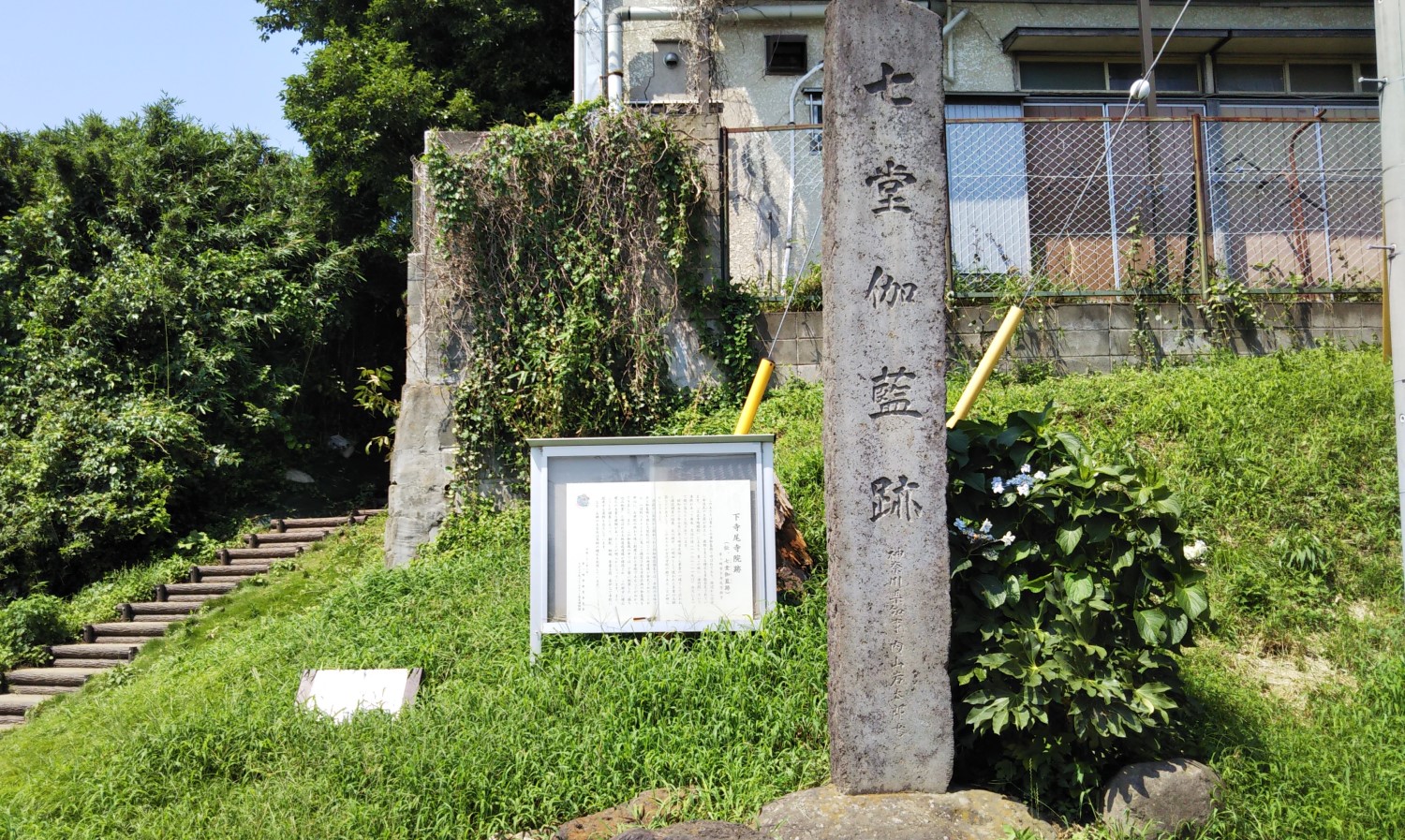
The other story is in 皇国地誌 (the topography by the Meiji government), which was completed in 1879. By an Imperial decree, shichidogaran, or a complete seven-structured temple compound, was constructed from 995 to 998. The temple was named 龍沢山海円院, or Ryutakusan-kaien-in, and the shape of the village was like the tail of the temple. Thus, the village was called Shimoterao. (“tera” means a temple, and “o” means a tail)
A monument stands near the site of the temple compound. An explanation for the shichidogaran is in Joshoji Ryakuengi, or the history of Joshoji Temple, written in 1702.
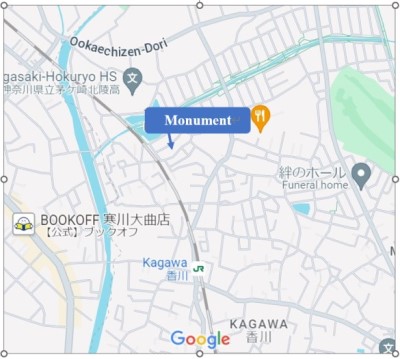
It says, “While Shotokutaishi, or Prince Shotoku (574~622), was inspecting local administrations, he arrived here. As he thought the area was good for spreading Buddhism, he had his image carved and left it here. As time went on, the then emperor heard god’s message in his dream. Following the message, he built a large temple, which was named 海円院, or Kaien-in. The temple, however, was burnt down in a battle sometime between 1182 and ‘89, and was moved to Kowada Village. Both the temple and Prince Shotoku’s image became decrepit.
In 1225 or 1226, 親鸞聖人, or St. Shinran, changed the temple name to 無上正覚寺, or Mujyoshogakuji. Later, the name was shortened to 上正寺, or Jyoshoji Temple, and was rebuilt to its present appearance.
Interested in Japanese proverbs?
1) 千日の萱を一日に焼く (SENNICHI NO KAYA WO ICHINICHI DE YAKU)
SENNICHI means one thousand days, NO to have spent, KAYA reed grass, WO a postposition for an object, ICHINICHI one day, DE a postposition for a time word, and YAKU to burn.
The proverb says a man collected reed grasses in 1,000 days, but burned them in a day because of his carelessness. It figuratively means carelessness destroys in a moment the achievement a person has made with years of effort.
The media exposes scandals - adultery, tax evasion, fraud, or whatever - involving celebrities almost every week. Perhaps they should learn morality again at elementary school.
The saying is in 兼好一代記, or Kenko-ichidaiki, a book that falls into the category of 浮世草子, or ukiyo zoshi, novels depicting ordinary people’s lives in the Edo era. The book was published by the bookshop in Kyoto, 八文字屋, Hachimonjiya, which still exists today.
Its English equivalents are:
●An hour may destroy what it took an age to build.
●A man may lose more in an hour than he can get in seven.
●One cloud is enough to eclipse all the sun.
2) 罪を憎んで人を憎まず (TSUMI WO NIKUNDE HITO WO NIKUMAZU)
TSUMImeans a crime, WO a postposition for an object, NIKUNDE to hate, HITO a person, and NIKUMAZU not to hate.
Confucious said ancient judges had hated the mind of a person who committed the crime, but not hated the criminal themselves. However, in Japan the teaching of Confucious has been altered, and is commonly said we should not hate a criminal, but should hate the crime. The saying seems to be similar to one of the criminal law’s basic theories. That is to say, punishment is imposed on conduct, and the performer’s subjectivity should be removed from judging. The idea established 2200 years ago still affects the modern criminal law.
The original of this saying is in the ancient Chinese book, 孔叢子, or Kuzoshi, completed in 206~8 BC, as one of the teachings of Confucius. The Japanese wording is in the kabuki program, or Kanadehon Chusingura, which was first performed in Osaka in 1748.
Its English equivalents are:
●Condemn the offence and not its perpetrator.
●Man punishes the action, but God the intention.
●Detest the sin, but weep for the sinner.
Invitation to Kamakura (38) Kamakura Kitchoan Museum and Kitaohji Rosanjin (Bimonthly serial)
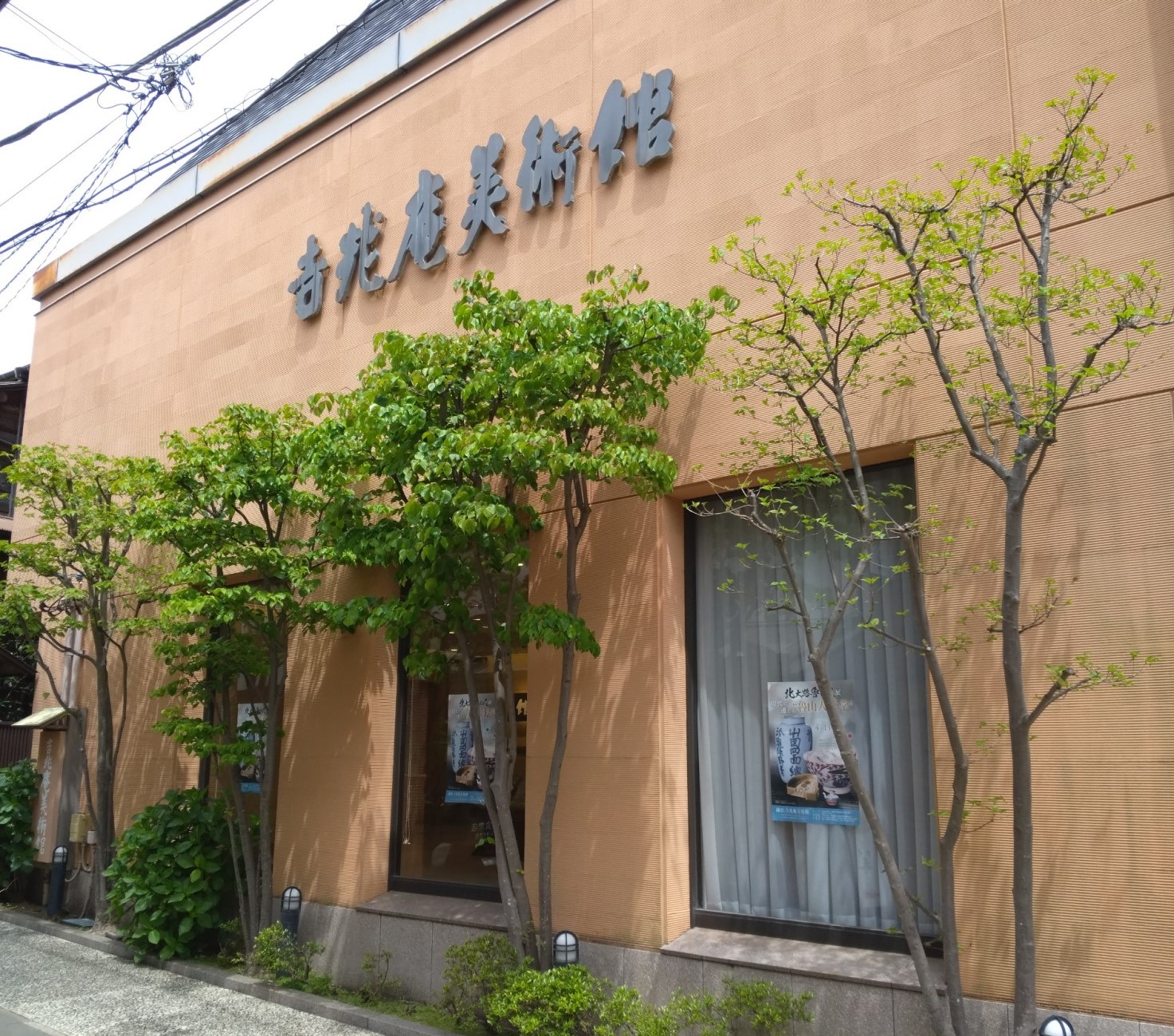
The Kamakura Kitchoan Museum was opened in 2001, aiming to showcase not only traditional plates for Japanese sweets, but paintings and calligraphic works that Kichoan, a high-quality Japanese sweets store, had collected for 100 years in business. The Kichoan is located on the busy Komachi street in Kamakura. However, the small, three-storied museum is behind it, away from the hustle and bustle of tourists, so we can immerse ourselves in the world of art.
On the first floor, craftwork such as ceramics, lacquer ware, and porcelain Japanese dolls are exhibited. On the second floor, there is a tea room in the back, along with a set of tea utensils. On the third floor, the artworks of Kitaohji Rosanjin (1883-1959) are on permanent exhibition. During the period from April 13th to July 7th, his special exhibition is being held. We can appreciate the deeper insight of his cordial hospitality and sense of beauty. Rosanjin exercised multiple abilities as a painter, writer, critic, calligrapher, potter, gastronomist, and cook. Let’s find out more about him.
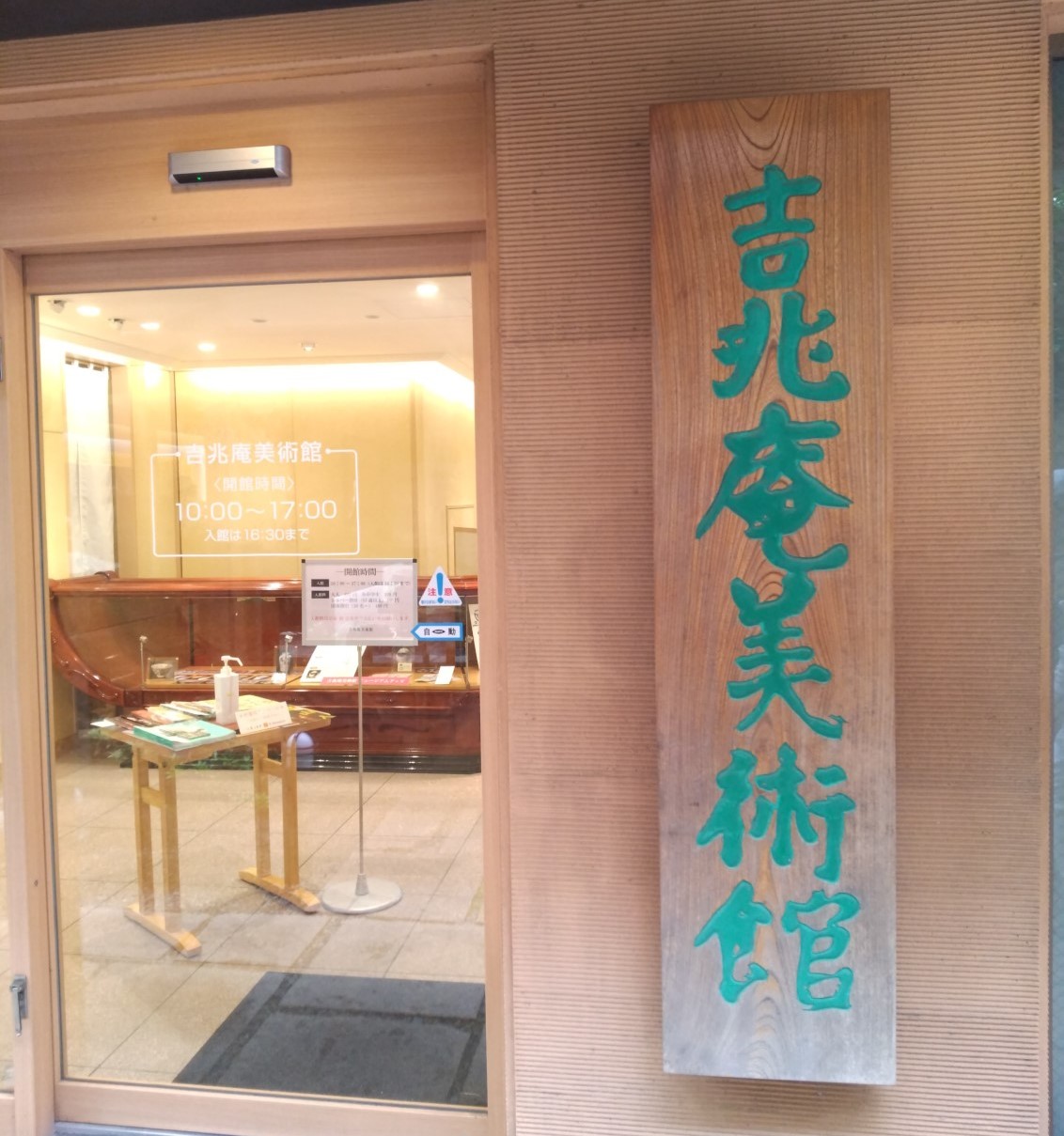
Rosanjin revolutionized the way of dining by pursing Japanese cuisine through his aesthetics. His refined sensibility as a potter differs from others because he himself cooked. He made dishes for cooked food. His concept was to serve the best meals on the best dishes. It is amazing that he learned by himself almost all techniques of Oribe, Bizen, Shino, Shigaraki, Seto wares, and created his own unique and bold artworks, which reflect his courageous childhood.
Although he was born in Kyoto as the second son of the head priest of Kamigamo Shrine, his family was so poor and his life was so tough - his father committed suicide four months before he was born, and his mother left him behind when he was so little. He was adopted by one of his relatives. Under such circumstances, he started to have an interest in cooking at the age of six when he worked in the kitchen, and achieved great success later.
His own style as a gourmet is compared to the French gastronomist, Brillat Savarin, his beautiful art to the English designer, William Morris, and his having arguments with people to the German philosopher, Friedrich Nietzsche. His unique world will surely satisfy your sense of fine art.
Short Essays on Chigasaki-13 Koan Takada & Nanko-in
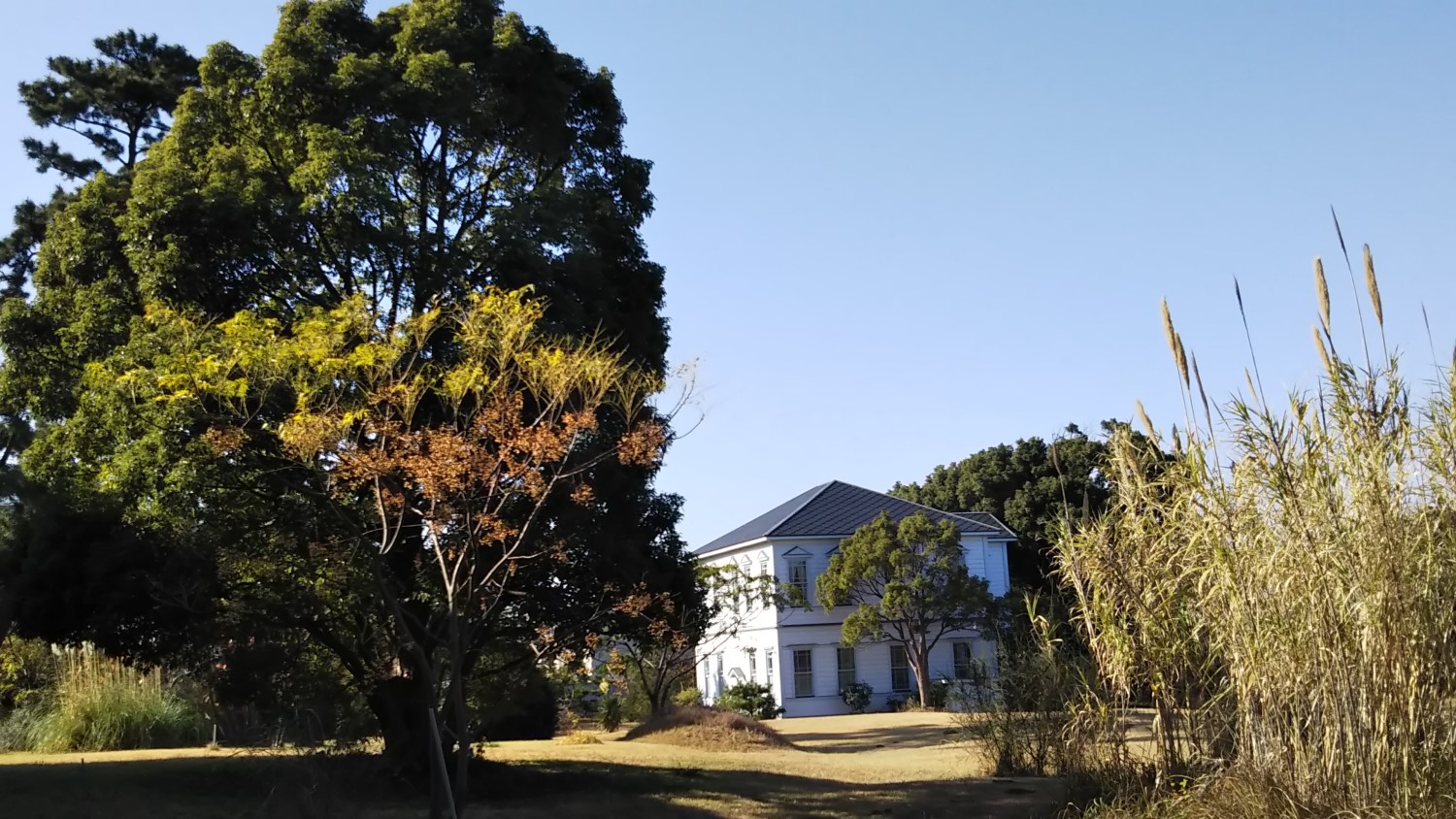
Nanko-in was founded by Koan Takada in 1899, the year after Chigasaki Station opened. The sanatorium possessed a huge area of 16.5ha (5万坪) at the highest stage of development. Currently, Nango public hall, Nishihama High School, the nursing home, ‘Taiyo-no-sato’ stand on the site. It had 14 hospital wards and 158 patient bedrooms, including ‘Iou-do (医王堂),’ which was used for Sunday schools and a meeting place, ‘Sea air chamber (海気室),’ in which patients could feel the ocean breeze and atmosphere, and ‘Seiga-do (静臥堂)’, a rest area to lie down on their backs quietly. A meteorological observatory was built to collect data of atmospheric pressure, temperature and sunshine hours for medical treatment. There were also stores selling commodities and other necessities as well as a barbershop, so patients were able to lead convenient lives there.
Local merchant shops, such as Hayashi-ya (林家) selling grocery, Kagisan selling miso & soy source, Kamanari-ya (釜成屋) selling bread, Yaokyu (八百久) selling vegetables, Sadagen (定源) selling fish, Yojyo-kan (養生館) selling meat, Inomata (猪俣) selling milk, and Onoma (小野間) selling eggs were allowed to enter the grounds of Nanko-in. Nanko-in greatly contributed to developing the local economy of Chigasaki. Shin Ooi opened the photo gallery, ‘Ooi photographic’ near the Chigasaki Station in 1904, and Fusamochi Koyama ran the silk mill, ‘Chigasaki Junsui-kan’ in 1917 after they were discharged from Nanko-in.
(The source of the essay: Chigasaki People’s Book published by Chigasaki City)
Events in June and July
The 55th Shonan movie screening at the city library
Volunteer group Cinematheque Chigasaki took up a documentary movie, “Les Sorcières de l’Orient”, or The Witches of the Orient, directed by French filmmaker Julien Faraut in 2021 at the 55th screening on June 16. The title was a nickname of Japan’s women’s national volleyball team, which won the gold medal at the 1964 Tokyo Olympics, beating the longtime formidable rival, Russia. The witches were all workers at the Kaizuka factory of leading spinning company Dainihon-bouseki (Nichibo).
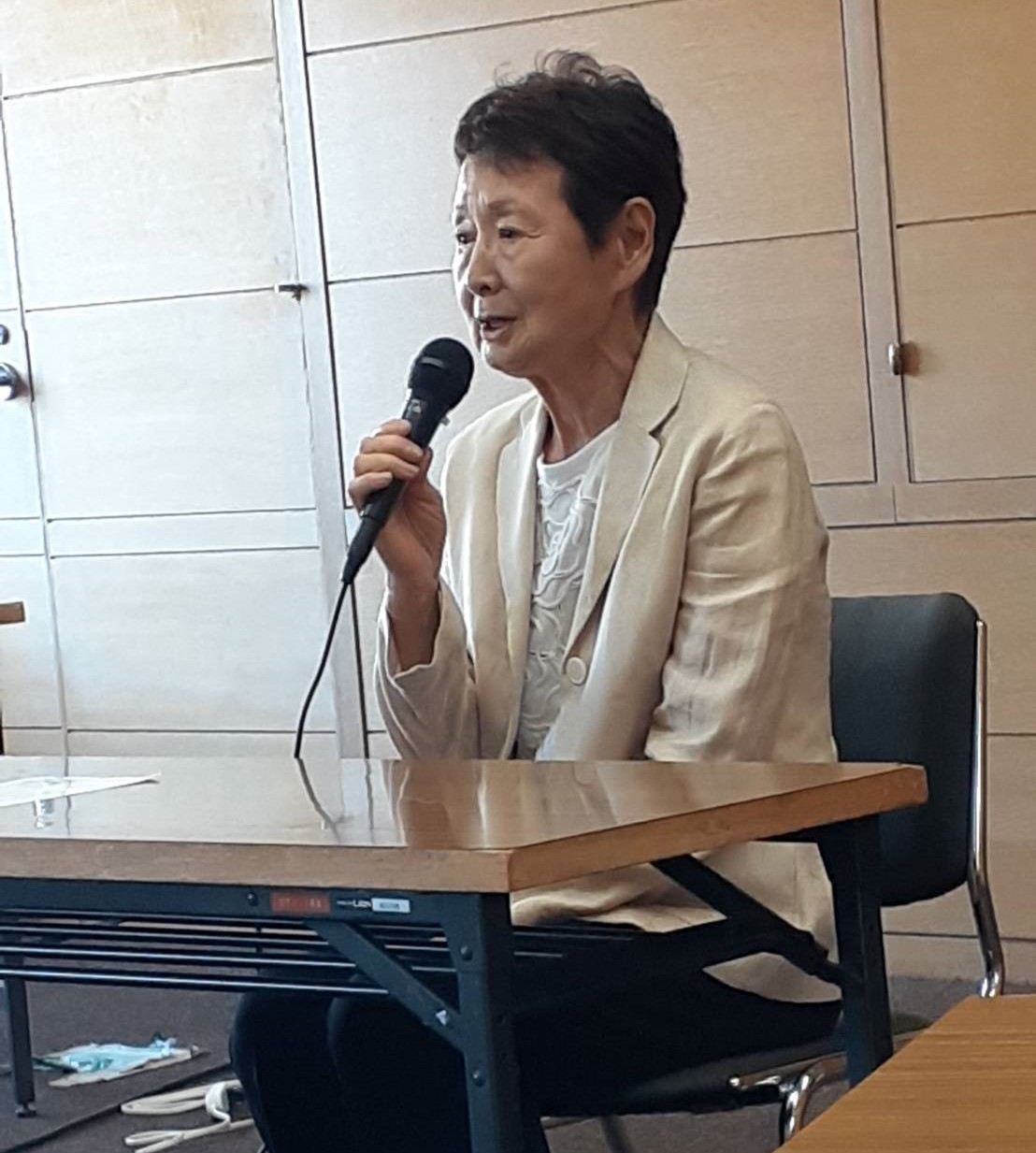
The youngest member, Yoko Shinozaki (now Yoko Tamura), was the guest speaker of the day. According to Tamura, they finished work at 16:00 and then practiced at the company’s gymnasium on the premise until 1:00 to 2:00 every day. Practice sometimes continued until 4:00, and on such mornings, she went past early shift workers on her way to the dormitory.
The coach, Hirofumi Daimatsu, continued hitting balls at players without stopping. He concentrated the practice on defense.
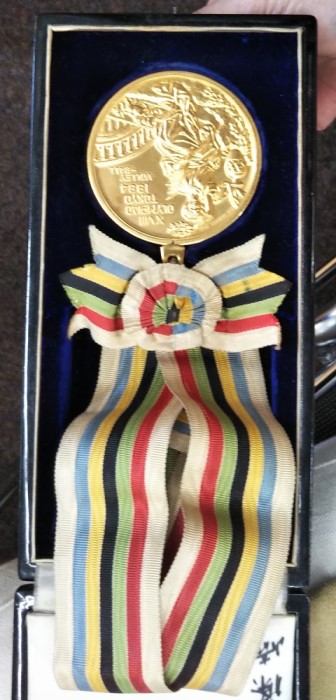
Six-member volleyball was first adopted as an official Olympic event in the 1964 Tokyo Olimpic Games, as volleyball had already been played with six players around the world except Asia. Compared with nine-member volleyball, one player’s defense range is wider. To cover the range, they practiced judo’s ukemi, to stand up quickly after the bump, and mastered the dive and roll technique.
Their hard training was well-known, and the coach was called ‘devil Daimatsu’. However, players said in the movie they had never doubted that hard training was to win the gold medal and that hard training made them gain confidence. They never blamed Daimatsu, and rather felt friendship to him like a brother.
Julien Faraut, who learned Judo and was interested in Japanese culture, worked at the National Institute of Sports, Expertise and Performance in Paris and found a 16mm film of the Japanese female volleyball team in the 1960s. He was shocked at the difference in training styles between Japan and his country, so his movie was centered on interviews with the players and severe training scenes. He also included things peculiar to those days, such as a volleyball animation (1969 ~ 1971), and manufacturing factories of home electric appliances.
Japan’s men’s and women’s national volleyball teams have qualified for the Paris Olympics.
The 24th Exhibition by the members of Chigasaki City Calligraphy Association
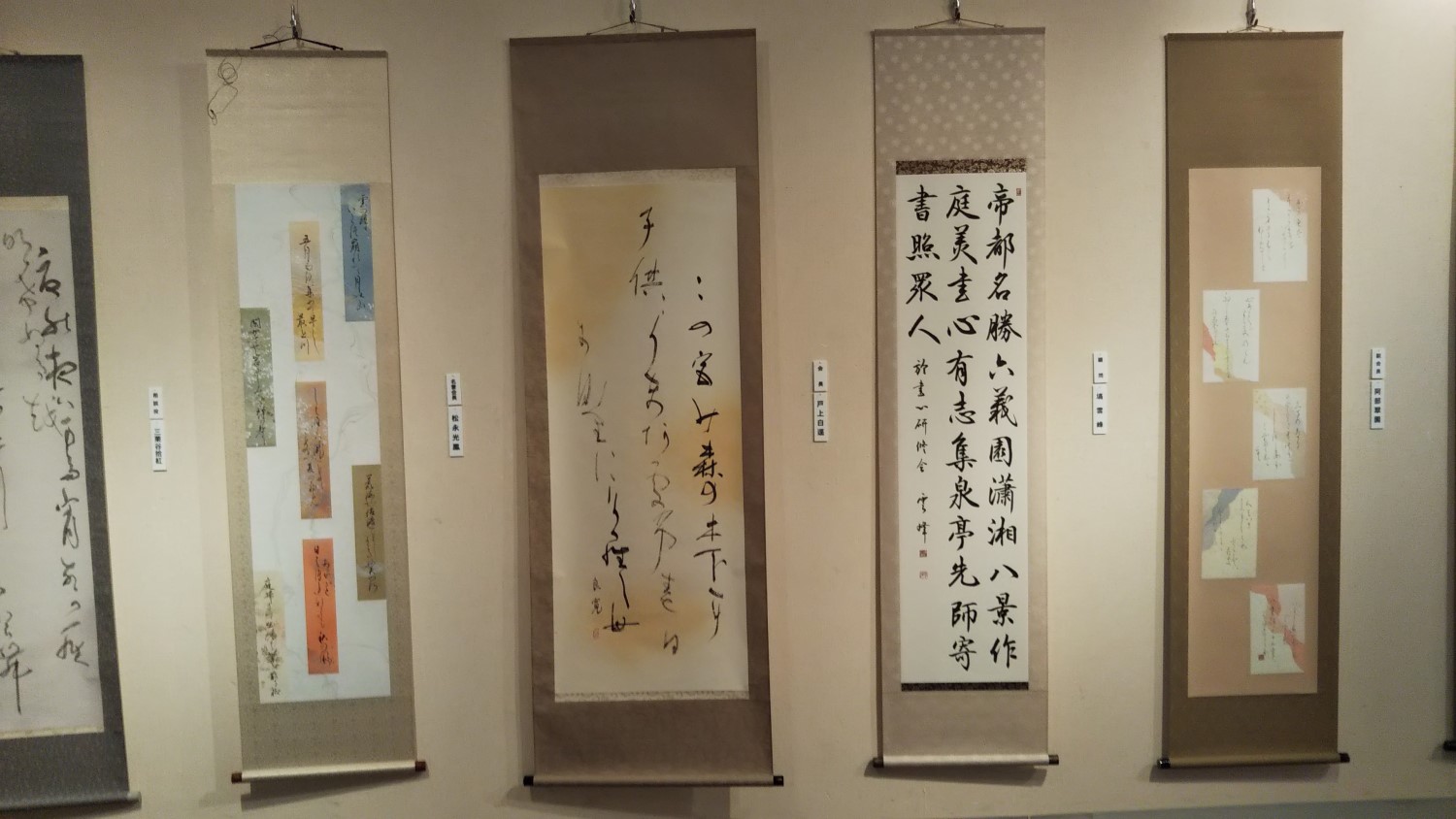
Fifty-five works by 44 accomplished calligraphers were exhibited at Citizen Gallery on the 4th floor of N’EST-CE PAS Chigasaki from June 27 (Thurs) to the 30th (Sun). In this year’s Sunday night NHK drama “光る君へ”, or Hikaru Kimi he, whose English title is “The Never-ending Story,” viewers frequently watch both male and female characters write letters with a writing brush. The drama has stirred a Heian-era boom in them, and they feel closer to the 1300-year-old calligraphy than before.
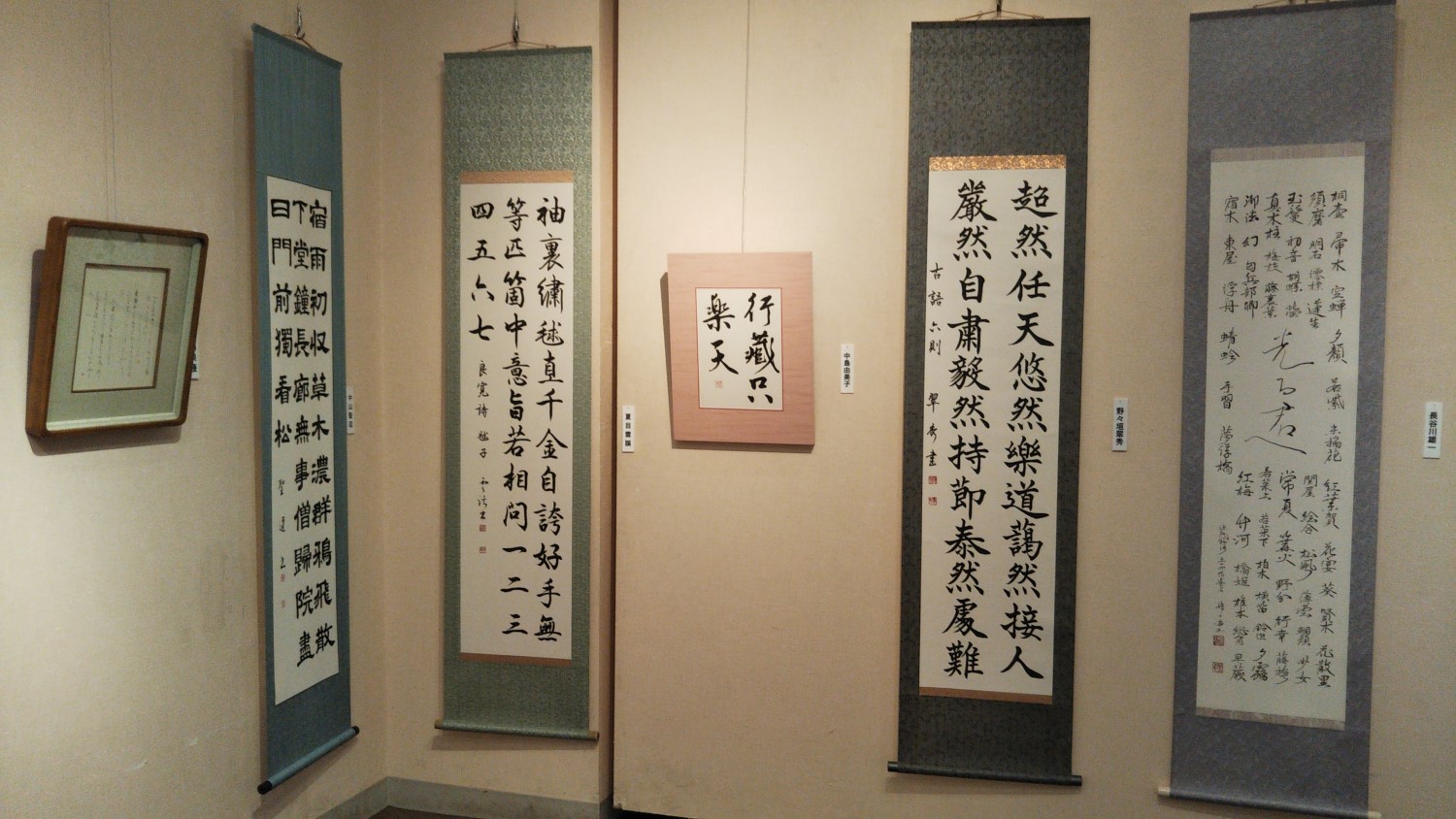
All the exhibited works were by teachers of calligraphy. Chinese characters aligned vertically and horizontally are beautiful, and hiragana, Japanese-originated vocabulary, create a relaxed atmosphere. As usual, the world of white, black and subdued colors gives visitors a sense of calm.
Chinowa Kuguri in Minazuki
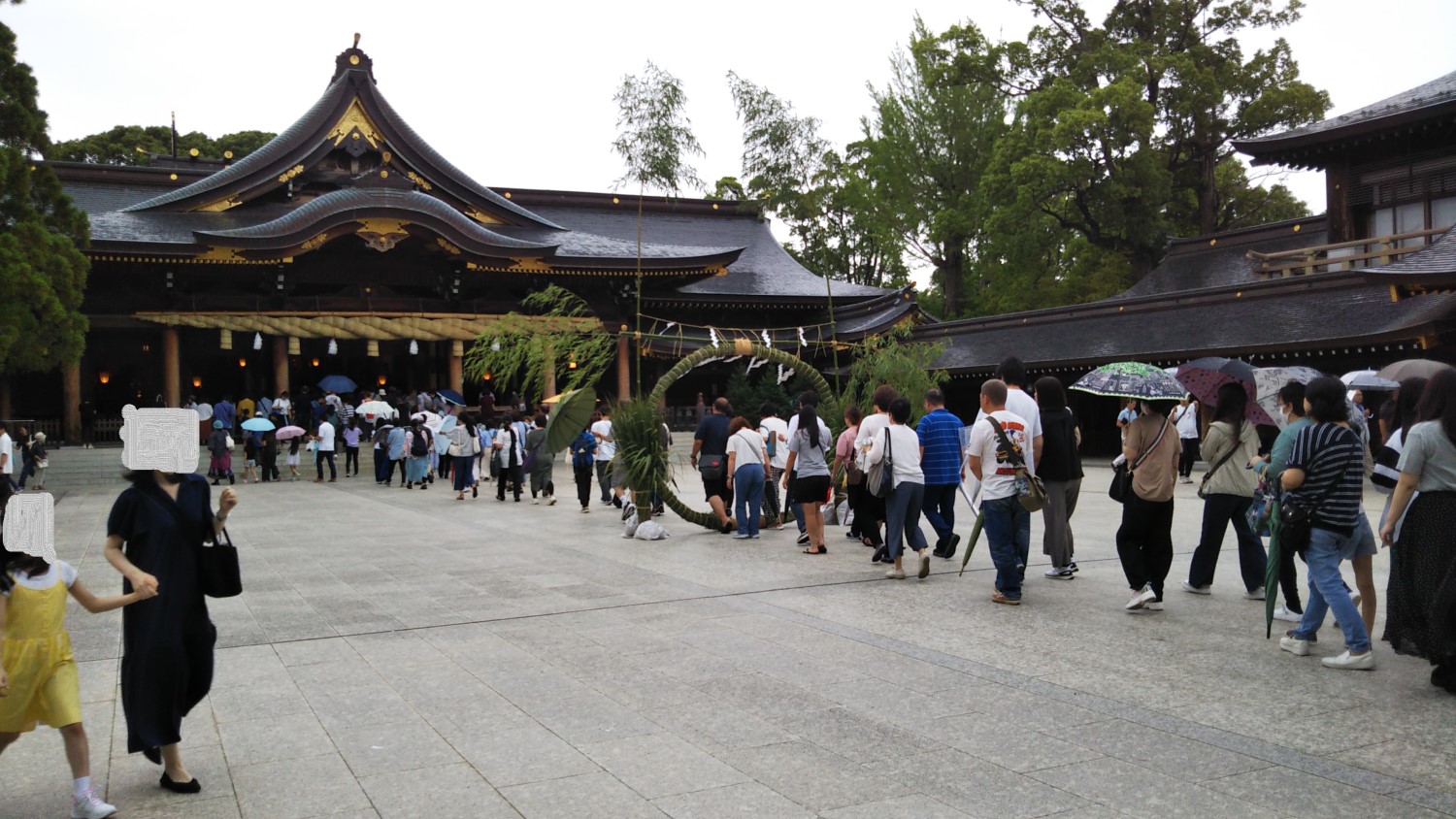
A Shinto ritual called Chinowa Kuguri took place in the courtyard of Samukawa Shrine on June 30 (Sun). Visitors formed a long line in the drizzly afternoon. Chinowa is a ring made of reed grasses, and Minazuki is the Japanese- style name of June. The annual ceremony is to drive away impurity accumulated on our bodies and a crime we may have committed without realizing during the past six months, and to pray for the good health of our families in the coming six months.
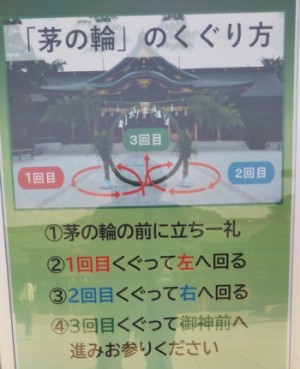
Prayers should go through the ring three times, namely, twice to write the infinity symbol “∞” and then to go through straight towards the main shrine building. Everything has its manner although god does not mind if people do not follow the manner.
By the way, Minazuki (水無月), the Japanese name of June, means the month during which paddy fields are filled with water. Among 12 Japanese names, the mostly noted name is Shiwasu (師走), December, which means priests and teachers usually live slow lives, but they are so busy in the last month that they run around.
The 36th Chigasaki Peace Art Exhibition

The 36th exhibition took place from July 1 (Mon) to the 6th (Sat) at the Civic Hall. Around 110 works by 70 artists consisted of watercolor, acrylic and oil paintings, pencil and pen drawings, sculptures, pottery, photographs, and more. They were collected through unexamined open entries.
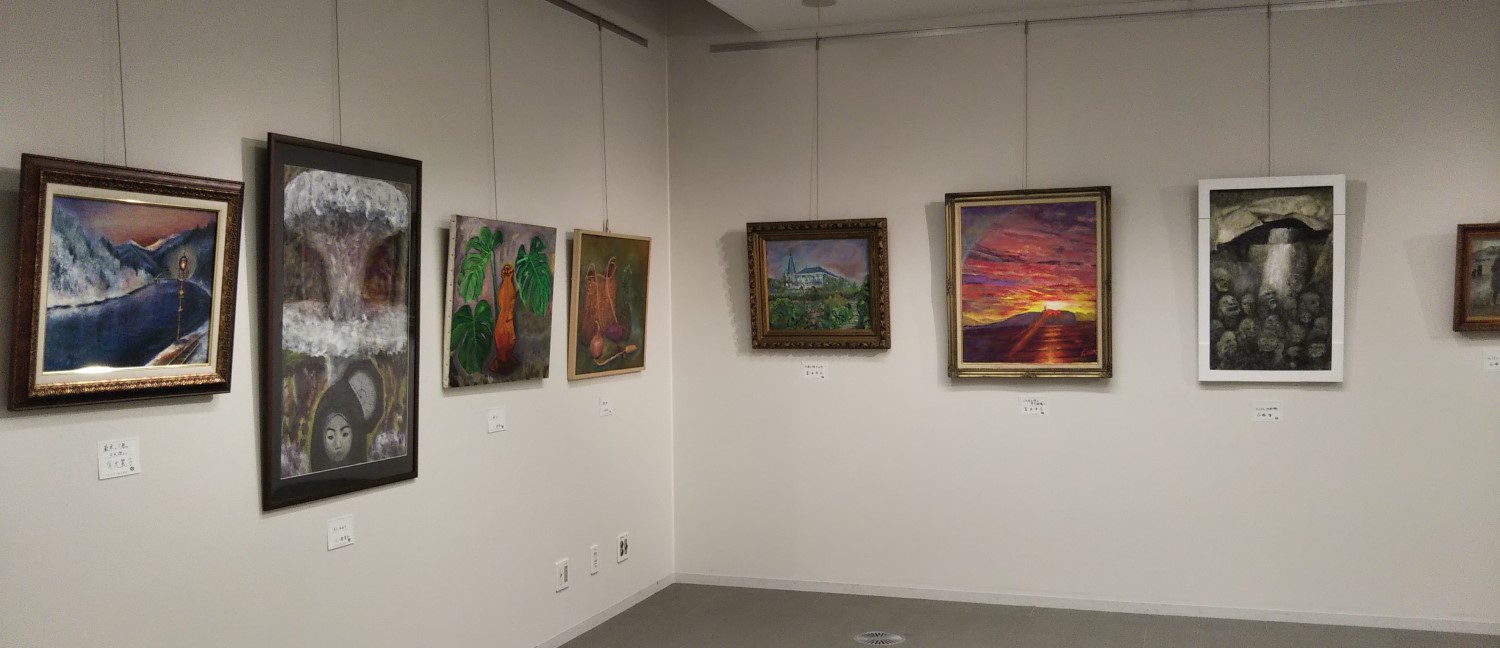
On a hot day, the exhibition room was comfortable and time passed slowly there. Many landscapes probably reminded visitors of places they had lived in or visited. The writer got a little nervous in front of antiwar paintings. Now that nearly 80 years have passed since WWII ended, it is getting difficult for the postwar generation to imagine the cruelty of a war. Some pictures were drawn with vivid colors. What did the painters want to express?
With various subjects and various kinds of works, visitors did not get tired.
Hamaori Festival on July 15 (Mon), Marine Day
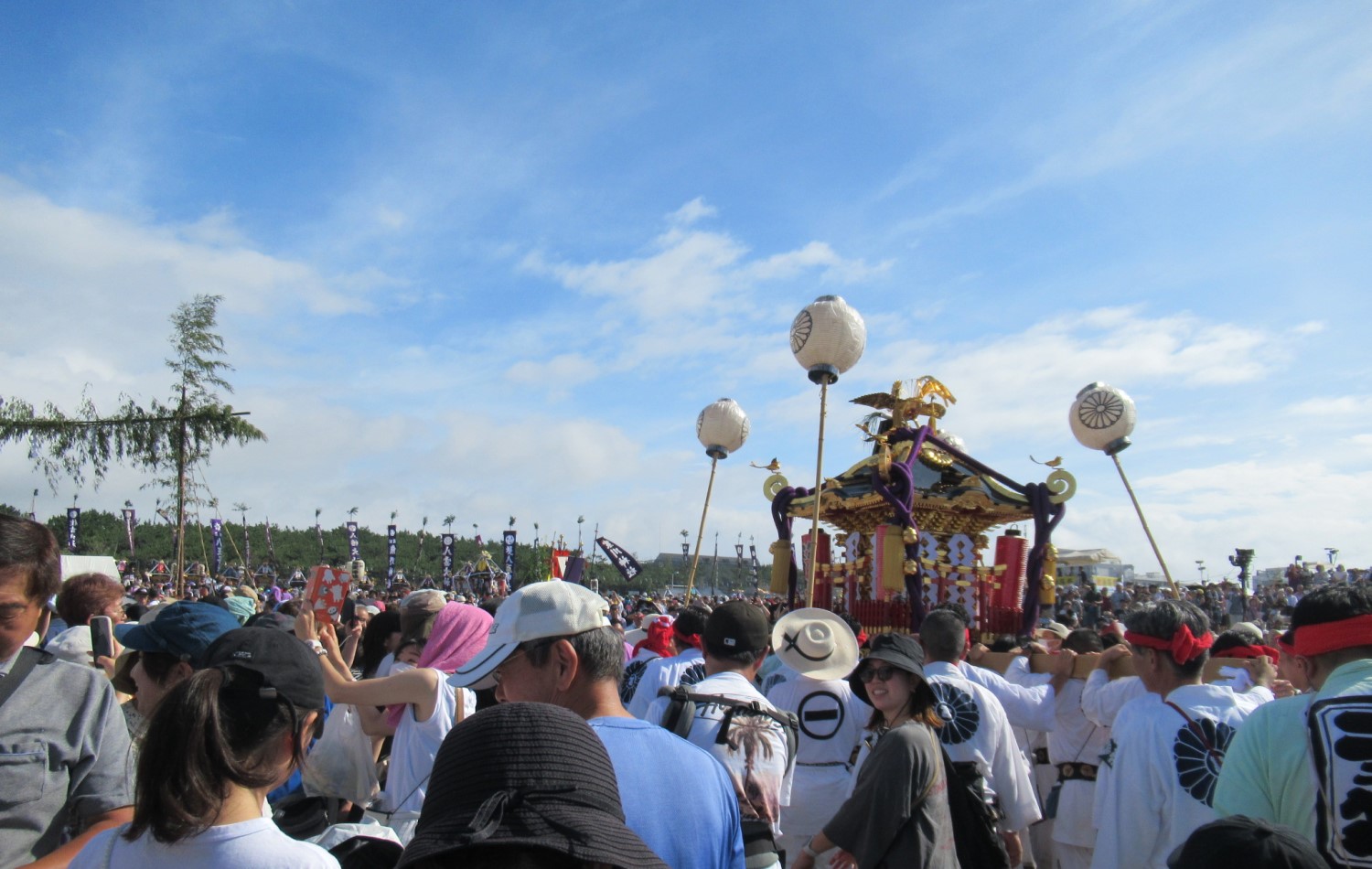
On the morning of July 15 (Mon), Marine Day, Hamaori Festival was carried out on the Nishihama Beach. About 40 portable shrines (mikoshi) coming from the whole area of Chigasaki and Samukawa gathered on the beach at dawn. The first mikoshi reached the beach around 4:00 am, and the Shinto ritual began at 7:00 am. The first mikoshi left the beach for its shrine around 8:00 am.
Shinto ritual is the major part of the festival, but most of the spectators came to feel the festive mood created by mikoshi bearers’ shouts, “dokoi dokoi!” They probably mostly wanted to watch for mikoshi go into the sea before returning to their shrines. As far as the writer knows, two mikoshi went into the water this time.
As it was sunny with occasional clouds and right rain, the temperature was a little lower than last year. The festival, one of the prefecture’s intangible cultural assets, actually brings summer, and the rainy season ended in the Kanto area three days later, according to the Meteorological Agency.
Events in July, August and September
An exhibition of Alfons Mucha works
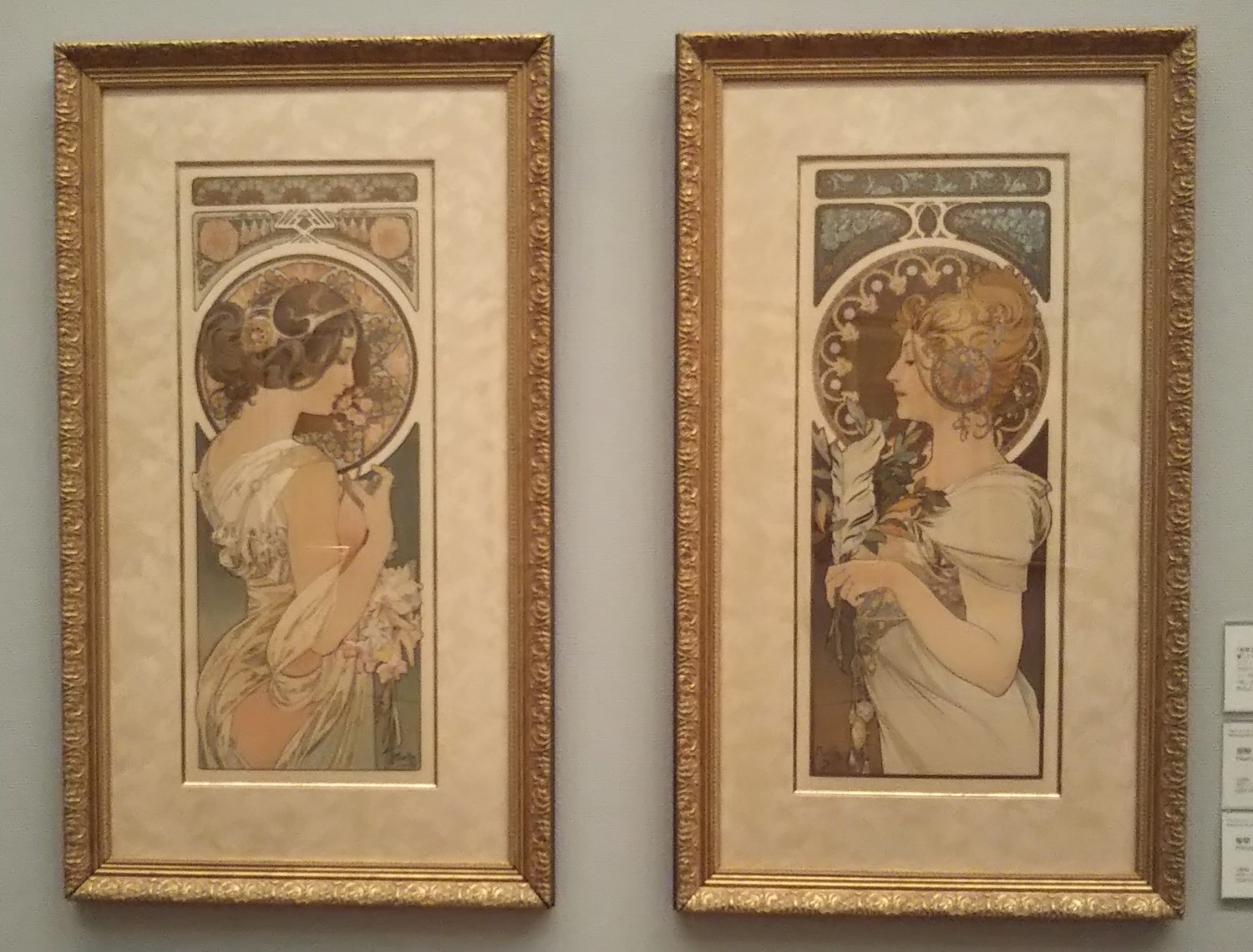
The works of Alfons Mucha (1860-1939) have been exhibited at Chigasaki City Museum of Art since June 18 (Tue). Posters, panels, illustrations, calendars and more works, 208 altogether, are on display. The exhibition will be held until August 25 (Sun).
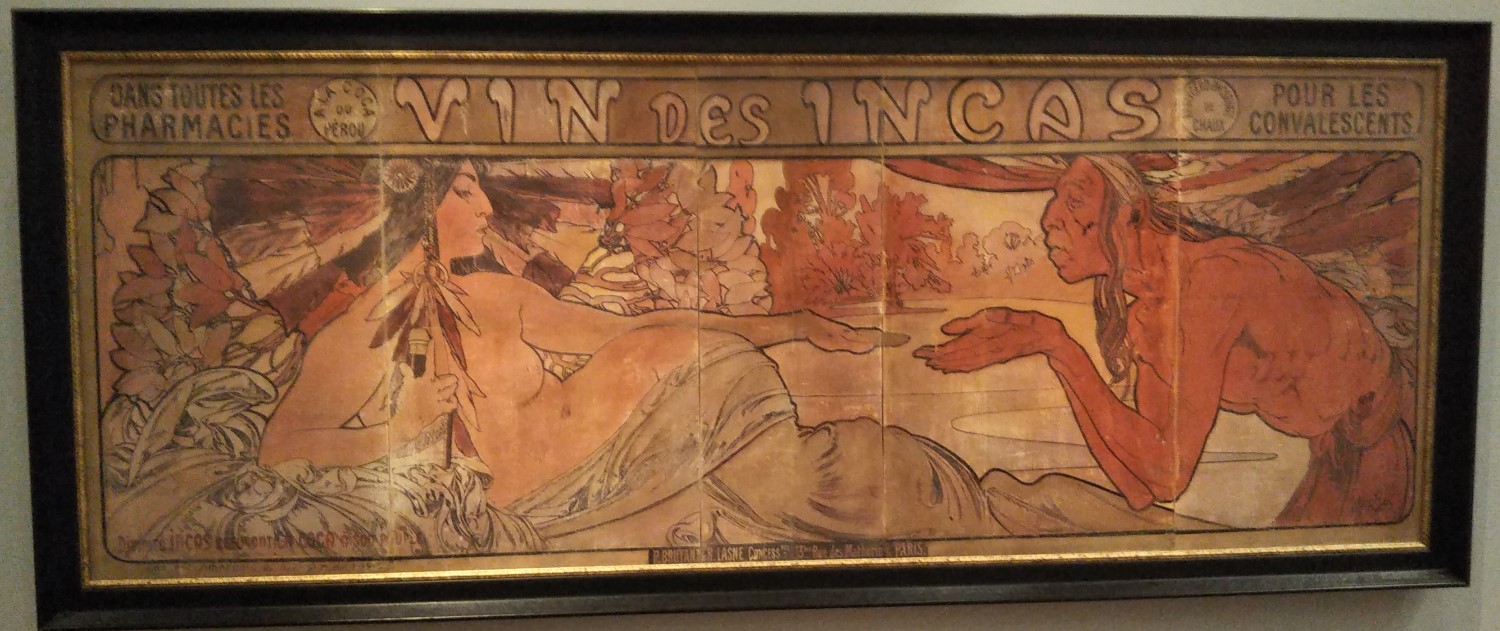
Entrance fee (yen): Adult 1,200, Uni. student 1,000, Citizen aged 65 and over 600, High school Student and younger, and disabled person and their carer free
Pleasant Boat Trip by Ryohei Yanagihara at the Chigasaki City Museum of Art
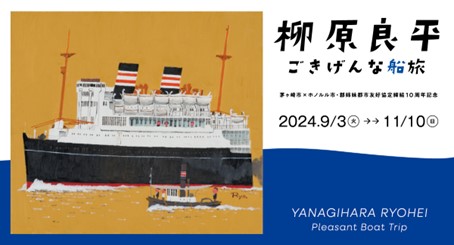
Ryohei Yanagihara (1931-2015) was a publicity man of Kotobukiya, today’s Suntry. He was noted for having a deep knowledge of ships. And he drew pictures and wrote essays on cruises and ships. The exhibition commemorates the 10th anniversary of the conclusion of a friendship agreement between Chigasaki and Honolulu.
The exhibition takes place from September 3 (Tue) to November 10 (Sun).